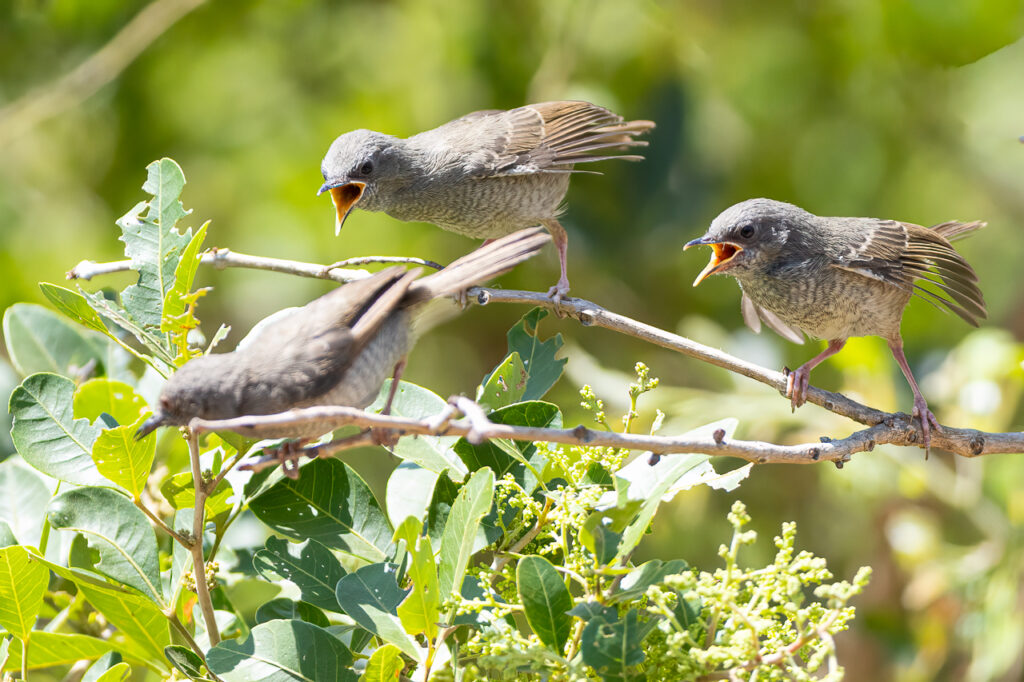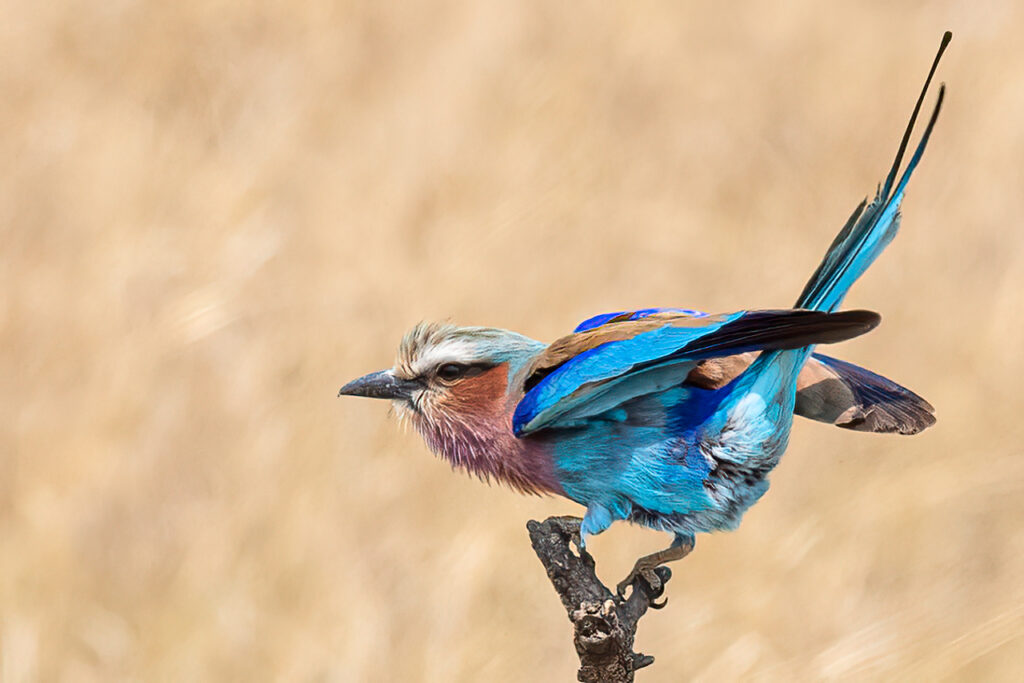If it’s avian diversity you want, then look no further than Akagera National Park! Not only is Akagera a birding hotspot but it’s also home to lions, leopards, elephants, black and white rhinos, buffaloes, hippos, crocodiles, hyenas and so much more too! Located in north eastern Rwanda, along the international border with Tanzania and it’s only a two or three hour drive from the capital, Kigali. Encompassing an area of approximately 1,122 square kilometres, Akagera is the largest protected wetland in central Africa.
What makes this National Park so special and unique is the mosaic of different habitats and ecosystems which make up the park. Akagera has savannah and open grassland plains, woodlands, dry forests, extensive wetlands, and over twenty lakes. The east of the park is dominated by these lakes, as well as their associated floodplains and marshes, the west by sandstone hills and rocky ridges. While grassland plains, woodlands, dry forests, and undulating hills can be found in both the northern and southern parts of Akagera, the southern parts have more wetland habitats.
Such variety of habitats is the main reason why more than 500 bird species have been recorded within the park boundaries. Whilst most of these birds are breeding residents and can be found throughout the year, others are seasonal visitors to the park. Of these visitors, some are from the different countries across the African continent and are called intra-African migrants. These birds follow the seasonal rains across the continent, because of the food the rains help to produce. Intra-African migratory species are best seen in Akagera between September and December, and then again between February and April. The other type of avian visitors are known as palearctic migrants, these travel to Akagera from as far as Europe and Asia. Escaping the cold seasonal weather in their breeding grounds, they can be found in the park between October and April. The density and diversity of resident bird species found in Akagera makes it a birding hotspot all year round.
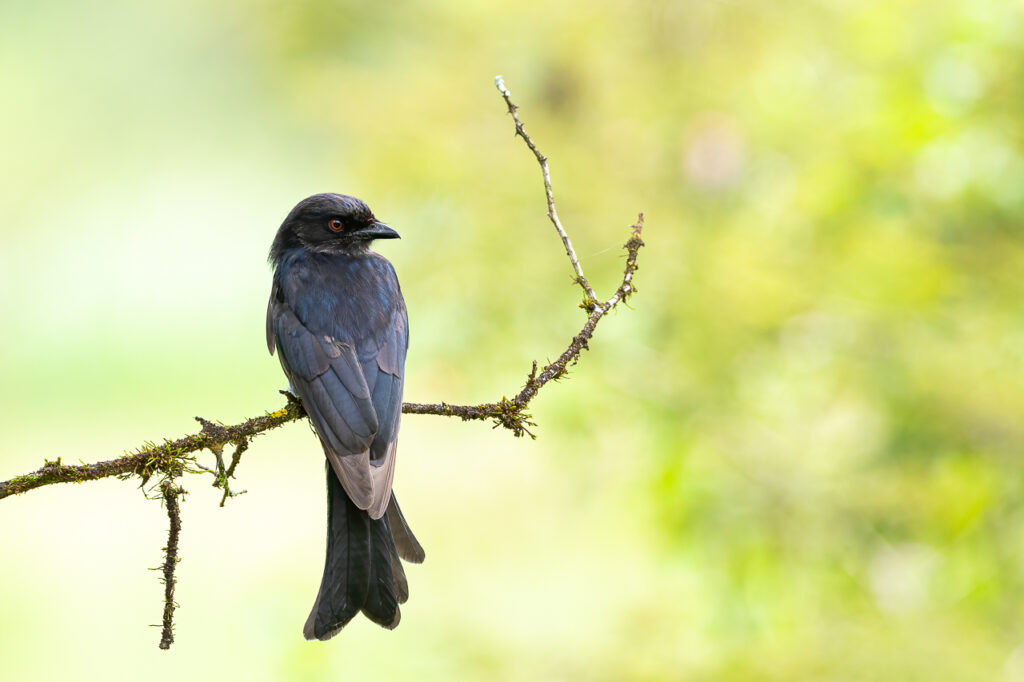
Driving to Akagera from Kigali, I always get excited turning east onto the smaller Akagera road, because it means I have about 40 minutes until I reach the Park’s southern gate. After driving around the final bend, the road straightens up and ahead of me the arch of the southern gate comes into view. I know that awesome birds and adventure awaits! With a 40kmh speed limit it can take about 15 minutes to drive from the entrance to the Park’s reception centre. My first tip is to slow right down and take it all in. The dirt road that takes you to the reception centre is initially lined on each side by swamps and marshes, which are great places to spot Rufous-bellied Heron, Hamerkop, Grey Crowned Crane, kingfishers, as well as Coucals – all looking for food. On more elevated perches I often see Lilac-breasted Roller, European Bee-eater, and Fork-tailed Drongo.

Once you have checked in with the friendly and professional staff at the Reception Centre don’t forget to have a quick look around, close encounters with Bare-faced Go-away Bird, Greater Blue-eared Starling and Ross’s Turaco are common. Also make sure you pick up a map of the park, if self-driving. The map is easy to use and the signs at the main junctions in the actual park are numbered and correlate to numbers on the map. The park has some great wildlife guides who are available to go with you to help find the wildlife and birds, as well as use their knowledge of Akagera and its inhabitants to add depth, flavour and colour to your visit. Guided day and night safaris are also available, just speak to the team at the reception centre.
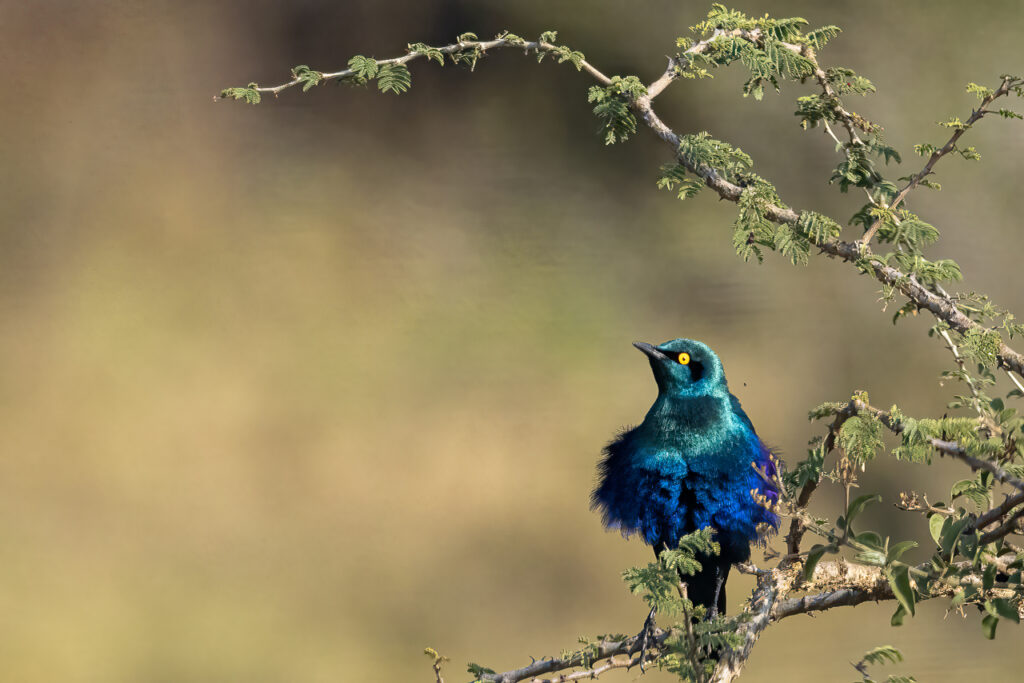
The first place I nearly always go to is the dam, near number 6, a short drive from reception. When the dam has water – especially during the dry seasons – it is a magnet and vital resource for the wildlife and birds. The ridge on the edge of the dam also gives you impressive and commanding views of the southern plains. At the dam I have seen Osprey, African Fish Eagle, Grey-headed Kingfisher, African Grey Hornbill, Grey Kestrel, and even Verreaux’s Eagle Owl. White Rhinos, herds of African Buffalo, and other grazers are daily visitors to the dam, and they are often accompanied by Yellow-billed and Red-billed Oxpeckers, and small flocks of Cattle Egrets. Close to the dam you can also find impressively large Hamerkop nests, which are also used by other species such as Egyptian Goose and Verreaux’s Eagle Owl for nesting.

One activity that is a must for any birder visiting the park is the Lake Ihema boat safari. Lake Ihema is the second largest lake in Rwanda after Lake Kivu. Since arriving in Rwanda more than three years ago, I estimate I have been on the boat safari at least ten times! Boat Captain Innocent knows the lake like the back of his hand and the likely places each species will be found. Not only that, Innocent knows exactly where to place the boat for the best views and photographs of the birds and wildlife you encounter. Black-crowned Night Heron, African Darter, various kingfishers alongside Egyptian Geese, Grey Crowned Cranes, African Spoonbills and large flocks of White-faced Whistling Ducks are all regularly seen from the boat. Lake Ihema’s crown jewel for birders is Bird Island, a relatively small island of vegetation in the middle of the lake. The island’s isolated location makes it secure from most predators, so it’s a magnet for roosting and nesting birds alike – vast numbers of Great Cormorants and African Darters can be found alongside Squacco Heron, African Sacred Ibis, and even the world’s largest heron – the Goliath Heron.
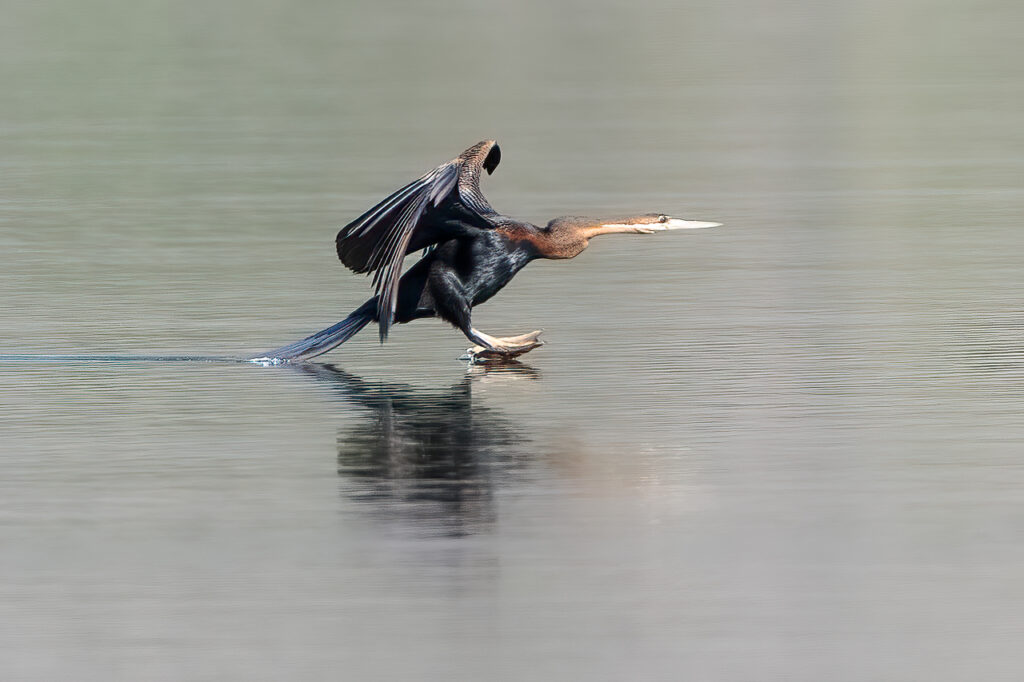
One of the two main routes that connect the southern and northern sections of Akagera National Park is the Lake Shore Road. This eastern route handrails numerous lakes and wetland habitats and has lots of smaller tracks which branch off Lake Shore Road towards or between the lakes. Each of these smaller ‘loops’ runs along wetland edges and lake shorelines, by doing so they provide amazing views of the landscape and close encounters with the wildlife and birds that call these ecosystems home. Blue-cheeked and Cinnamon-chested Bee-eaters, Striated Heron, as well as many of the visiting migratory bird species can be seen from these loops.
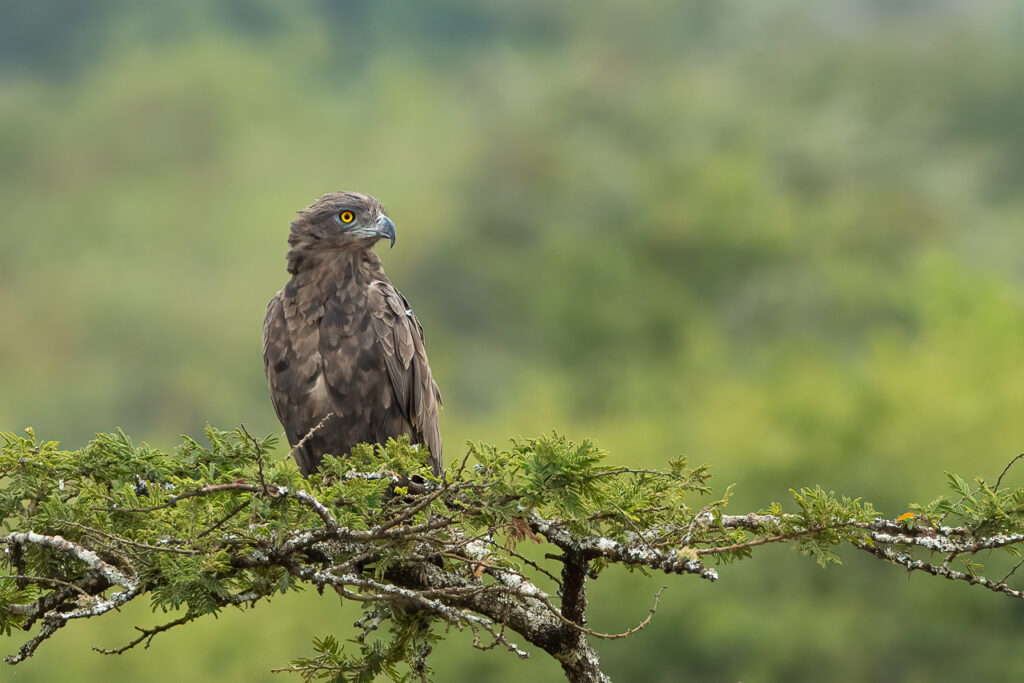
The second north-south route runs up the western side of the park. Undulating open grassland, sandstone hills and ridgelines connect Muyumbu and Mutumba campsites, as well as the central park exit and the southern and northern plains. The higher elevation along this route makes for spectacular vistas, and a different set of birds! White-headed Barbet and Black-bellied Bustard can be seen along this route, along with Broad-billed and European Rollers between September and April. Twice a year, when the raptors are migrating, large numbers of various hawks, eagles, and vultures can be seen soaring on the thermals above.

The annual dry seasons bring with them an increased likelihood of bushfires in the park. To combat and mitigate this risk, Park Management conduct annual ‘controlled burns’. The ash left after these fires is mineral-rich and promotes fresh growth. During a burn, the insects and small animals that live in the undergrowth and grasses are forced to move away from the approaching fires. Many bird species are quick to spot and exploit this movement by congregating at fire breaks and tracks so they can feast on fleeing prey. These gatherings are great opportunities to watch Lilac-breasted Roller, Southern Carmine Bee-eater, and African Grey and Crowned Hornbills hunting on the wing and on the ground.
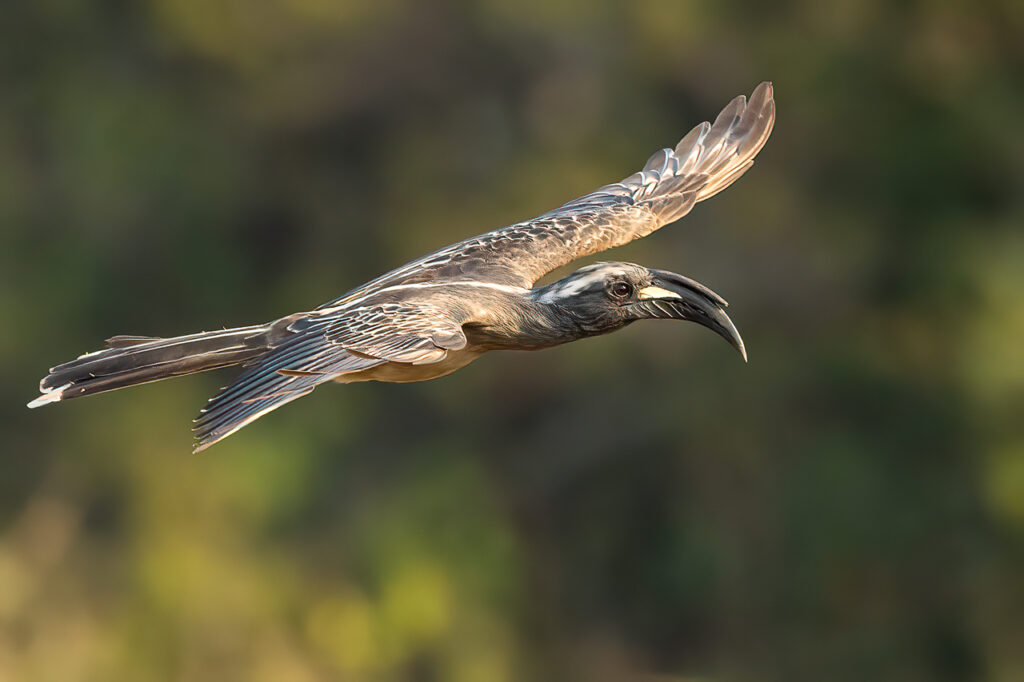
Akagera has spectrum of accommodation options, and each has different bird species that you’ll be likely to encounter during your stay. While Wilderness Magashi Camp is without doubt the best place to try and see a Shoebill in Rwanda, Mantis Akagera Game Lodge is home to Red-faced Barbet in the carpark, a Lake Victoria endemic species.
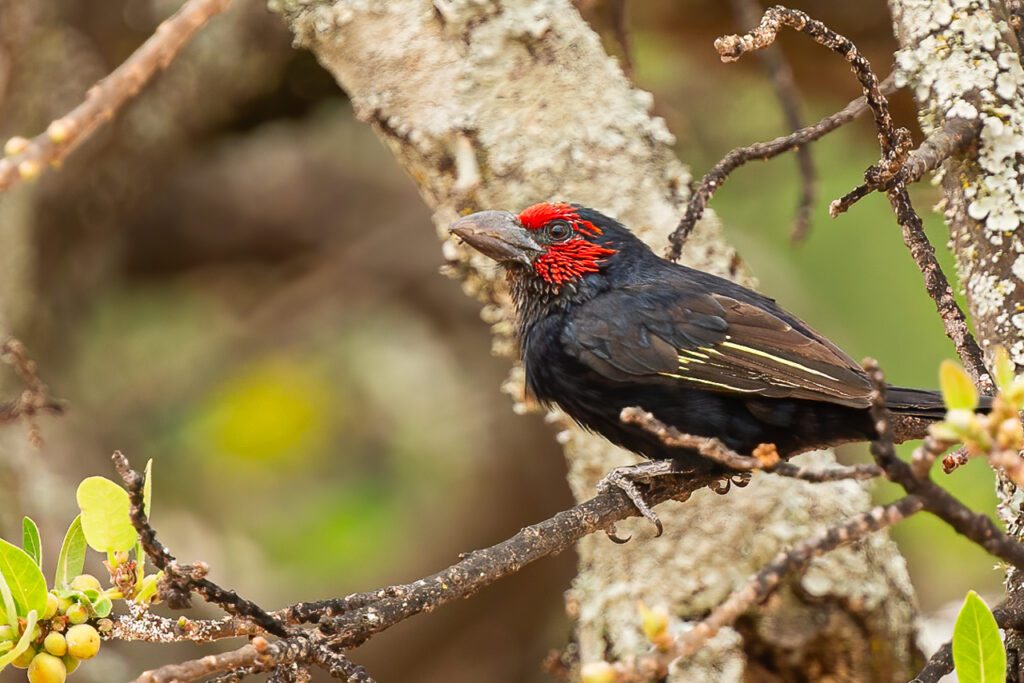
Ruzizi Tented Lodge is a great place to see White-chinned Prinia and Red-headed Bluebill, whereas Karenge Bush Camp is home to Miombo Wren-warbler and Pennant-winged Nightjar. Each of the four campsites also provide great opportunities to find special birds! Pearl-spotted Owlet is often heard and seen at Muyumbu Campsite, during May-August African Pitta can sometimes be spotted at Malindi Campsite. Black-collared Barbet can be found at Shakani Campsite, and Black-bellied Bustard and Senegal Lapwing live around Mutumba Campsite.
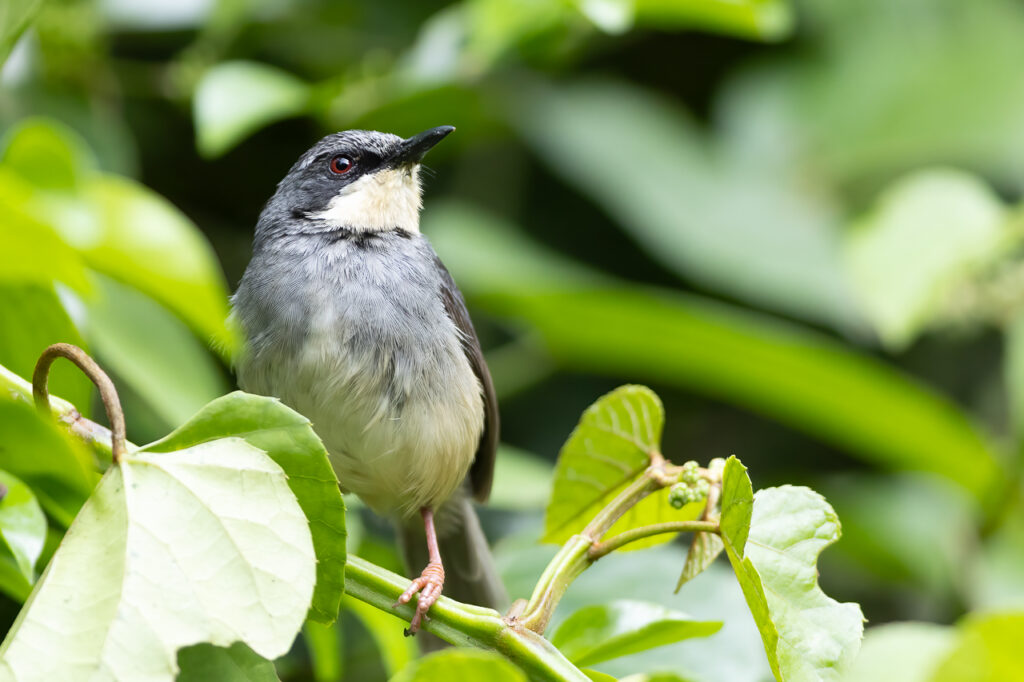
Akagera National Park is home to such an amazing diversity of bird (and wildlife) species, I am sure that if you go once, then, like me you’ll want to keep going back to experience the myriad of wonders the park has to offer and marvel at how the species change through the year. In the three plus years I have lived in Rwanda, I have visited the park at least fifteen times, and each visit has been a unique adventure!
